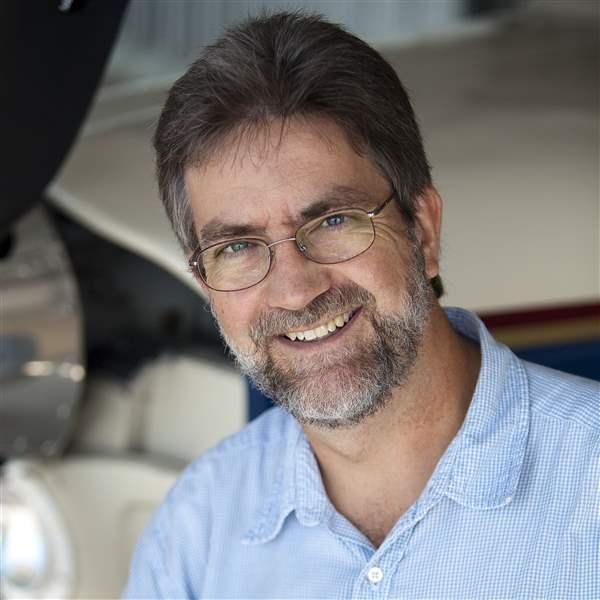New airplanes enter the market
Larger aircraft--modern business jets and airliners--are driving some of the current excitement in GA. The glass cockpits found in these airplanes, in which multifunction computer displays replace the traditional round flight instruments, are invading the training fleet. Integrated avionics displays like the Garmin G1000, now flying in the cockpits of workhorse Cessna 172s--and similar products from Avidyne, Chelton, and other manufacturers--are showing up at flight schools across the country. Preparing future pilots for these high-tech jets seems to be driving much of this demand; students who have set their sights on the cockpits of those glass-cockpit aircraft now can choose to begin their initial training with that technology.
And there's excitement at the other end of the spectrum as well. We've talked some in these pages about the FAA's new sport pilot certificate and the light sport aircraft that it authorizes pilots to fly (see "Back to Basics," October 2004 AOPA Flight Training). The sport pilot certificate is designed to simplify the entry to flying, allowing students to earn a pilot certificate with a smaller investment of time and money. From a regulatory standpoint this was a significant undertaking, and infrastructure development is progressing rapidly--the numbers of sport pilot instructors and designated pilot examiners are increasing. And exciting new light sport aircraft, including many that were already flying in Europe, are coming to the United States.
Light sport aircraft includes several categories, including airplane, gyroplane, glider, weight-shift control, and powered parachute. This magazine's emphasis has historically been on aircraft controlled about three axes--think airplane, with pitch, roll, and yaw--with occasional information for helicopter students. And while they're fun to fly, we aren't going to add powered parachutes and weight-shift aircraft to our pages. But light sport airplanes employ the same fundamentals of flight as your Cessna 152, Piper Warrior, or Diamond Katana; in general they are just a little smaller, weigh a bit less, and probably fly a bit more slowly.
A new generation of light sport airplanes from around the world converged on AOPA headquarters in Frederick, Maryland, during June. Airplanes made in Italy, Australia, the Czech Republic, and the United States lined AOPA's ramp and provided demonstration flights to staff members.
To see photos of these new airplanes, a description of their flying characteristics, and a video, see the special sport pilot section on AOPA Online. If you plan to attend AOPA Expo 2005--which will be held November 3 to 5 in Tampa--you will be able to see many of these light sport aircraft for yourself.
While the sport pilot certificate doesn't require as much training as the recreational or private pilot certificates, it doesn't provide as many privileges. An FAA medical certificate is not required; sport pilots with a valid driver's license can self-certify their health. Sport pilots can fly aircraft with a maximum certificated gross weight of no more than 1,320 pounds (a bit more for floatplanes) and a maximum of two seats. Some sport pilots may choose to move up to a recreational pilot certificate, which allows you to pilot an airplane with up to 180 horsepower and a maximum of four seats--although you're still limited to carrying only one passenger. An FAA medical certificate is required. A private pilot certificate allows you to carry more passengers, as well as to fly at night and--with an instrument rating--in the clouds.
The recreational pilot certificate is an excellent example of how pilots "move up." Over its history the number of recreational pilot certificates held by pilots has been pretty steady, generally between 300 and 400 or so. That's because a recreational pilot who later upgrades to a private pilot certificate (or higher) then drops from the recreational pilot rolls. Sporty's Academy, the flight school operated by Sporty's Pilot Shop in Batavia, Ohio, trains all of its students as recreational pilots so they can earn a certificate and fly as pilot in command earlier; almost all move on to more advanced certificates, and many are now airline transport pilots flying jets.
The same upgrade path exists for student pilots who choose to pursue the sport pilot certificate. If it sounds interesting to you, ask about it at your local flight school--it seems that more schools are adding sport pilot training every day.
E-mail Mike Collins, editor of AOPA Flight Training.



